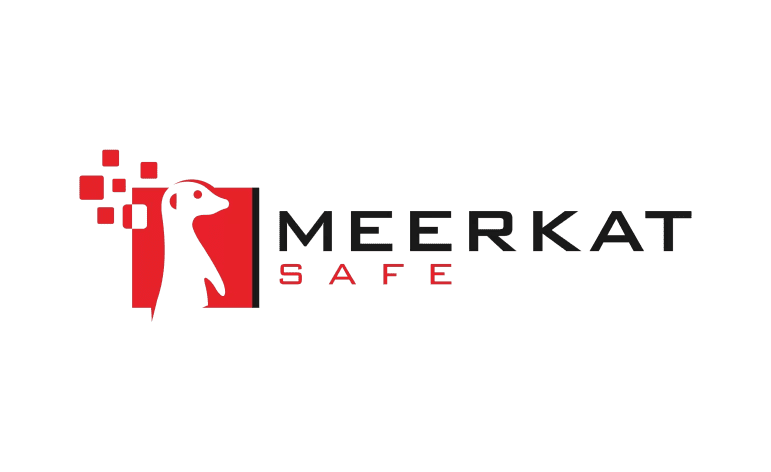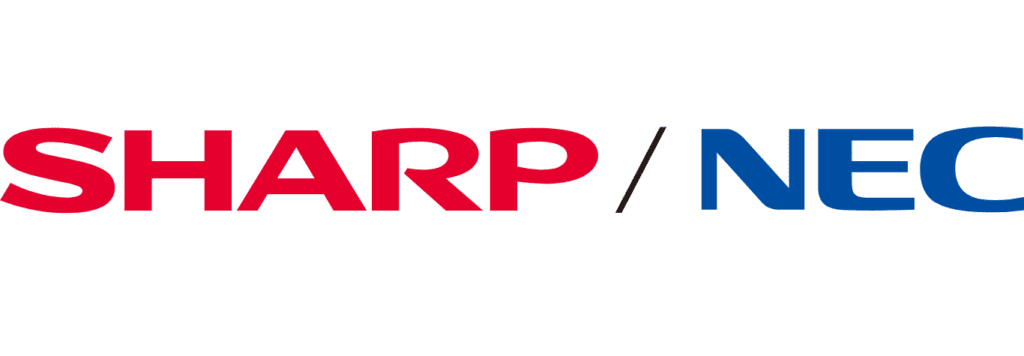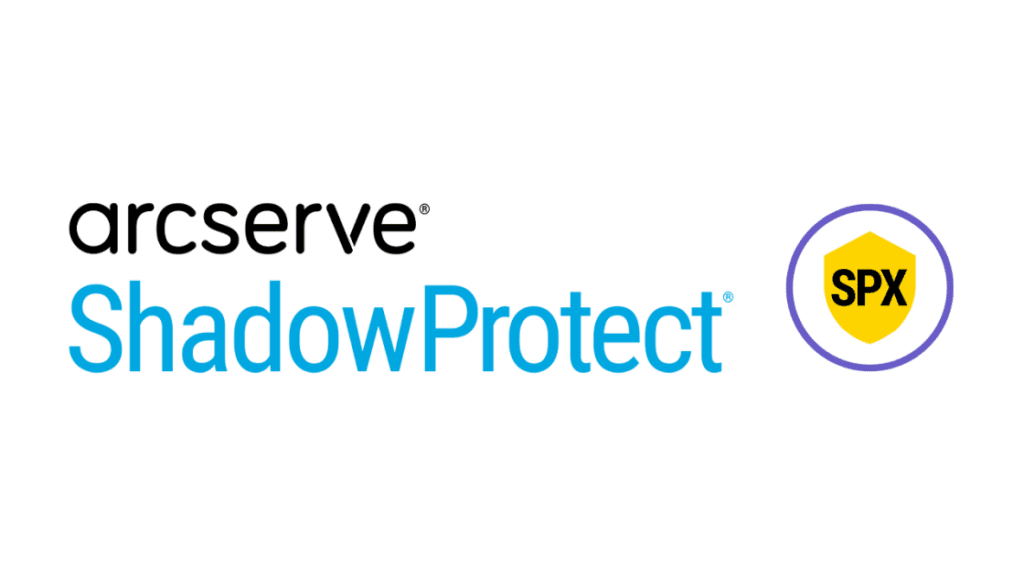When deciding between digital signage and static signage, businesses must consider their needs, budget, and the level of engagement they wish to foster with their audience. Both signage forms have unique advantages and drawbacks, making it crucial to understand the differences before investing in a solution that best fits your business. In this blog, we’ll explore static and digital signage, their advantages, and how they can be integrated to enhance your communication strategies.
What Is Static Signage?
Static signage refers to traditional forms of signage that display fixed, unchanging content. This includes billboards, posters, banners, and signs that use materials like paper, vinyl, or metal to convey messages. Often found in storefronts, offices, and event spaces, static signage is a simple and effective way to communicate important information such as business hours, promotions, or directions.
The main characteristic of static signage is that its content remains the same unless manually updated, which can sometimes be a limitation for businesses that require frequent changes or dynamic messaging.
What Is Digital Signage?
Digital signage, on the other hand, utilizes digital screens to display content such as videos, images, animations, or live updates. This technology allows businesses to showcase their messages in a much more interactive and engaging manner.
Whether it’s a large LED screen in a shopping mall or a digital display in a corporate boardroom, digital signage is designed to capture attention with its vivid visuals and real-time capabilities. It can be easily updated remotely, providing flexibility and efficiency for companies looking to communicate changing information quickly and seamlessly.
The Advantages of Digital Signage
When comparing digital signage vs. static signage, one cannot ignore the impressive advantages of digital signage. First and foremost, digital signage offers dynamic content display, allowing you to update information instantly with a few clicks. This makes it ideal for businesses to advertise time-sensitive promotions or communicate with customers in real-time. Additionally, digital signage provides a more engaging visual appeal. Bright, high-definition screens are far more eye-catching than static posters or banners, helping your message stand out in a busy environment.
Moreover, digital signage allows for content customization and interactivity. For example, touchscreens can be used to provide interactive directories, product catalogs, or even customer surveys. The flexibility of digital signage also extends to scheduling, enabling businesses to automate the content displayed throughout the day or during specific hours.
Lastly, digital signage helps businesses reduce long-term costs. Although the initial investment in digital signage might be higher than static signage, it can save money in the long run since there’s no need for costly print materials, and content can be easily updated without the need for new physical signs.
Integrating Static and Digital Signage
While digital signage comes with numerous advantages, there are still situations where static signage can be beneficial. For example, some businesses may find static signs helpful for consistent messaging that doesn’t change often, such as brand logos, legal notices, or permanent directional signage. In these cases, integrating both digital and static signage can create a comprehensive communication strategy that maximizes effectiveness.
A blended approach allows businesses to take advantage of digital signage’s dynamic capabilities for promotions, events, or announcements while maintaining the simplicity and permanence of static signage for foundational messages. For example, static signage might be used for core business information, while digital signage could showcase the latest promotions or upcoming events.
Both static and digital signage can be incorporated into a cohesive branding strategy, helping your business create an engaging, efficient, and visually appealing environment. With proper integration, your signage can effectively communicate everything your customers need to know—whether the message needs to change frequently or remain consistent.
Which Is Right for You?
When comparing digital signage vs static signage, it’s clear that each has its unique set of benefits. Digital signage is ideal for businesses that captivate their audience with engaging, flexible, and interactive content. Static signage, however, is perfect for consistent messaging and easy installation. Integrating both forms of signage could be the best solution to maximize your communications and drive customer engagement.
Suppose you’re considering digital signage or static signage for your business. In that case, Document Solutions Inc. can provide you with the latest technology and expert advice to help you choose the best solution. Whether you’re looking for interactive displays or durable static signs, we’re here to help you with audio and visual solutions in Albuquerque. Contact DSI today to learn how our digital signage and signage solutions can help your business thrive.

Jocelyn Gorman, the Executive Vice President of DSI, possesses a deep understanding of the unique requirements of growing businesses. With over a decade of experience collaborating with clients across various industries, she closely collaborates with her Sales Team to develop and implement tailored technology solutions. These solutions aim to enhance office productivity and minimize operational costs. Her remarkable ability to effectively address business challenges has garnered recognition from prestigious publications such as the Cannata Report and Family Business Magazine.


































